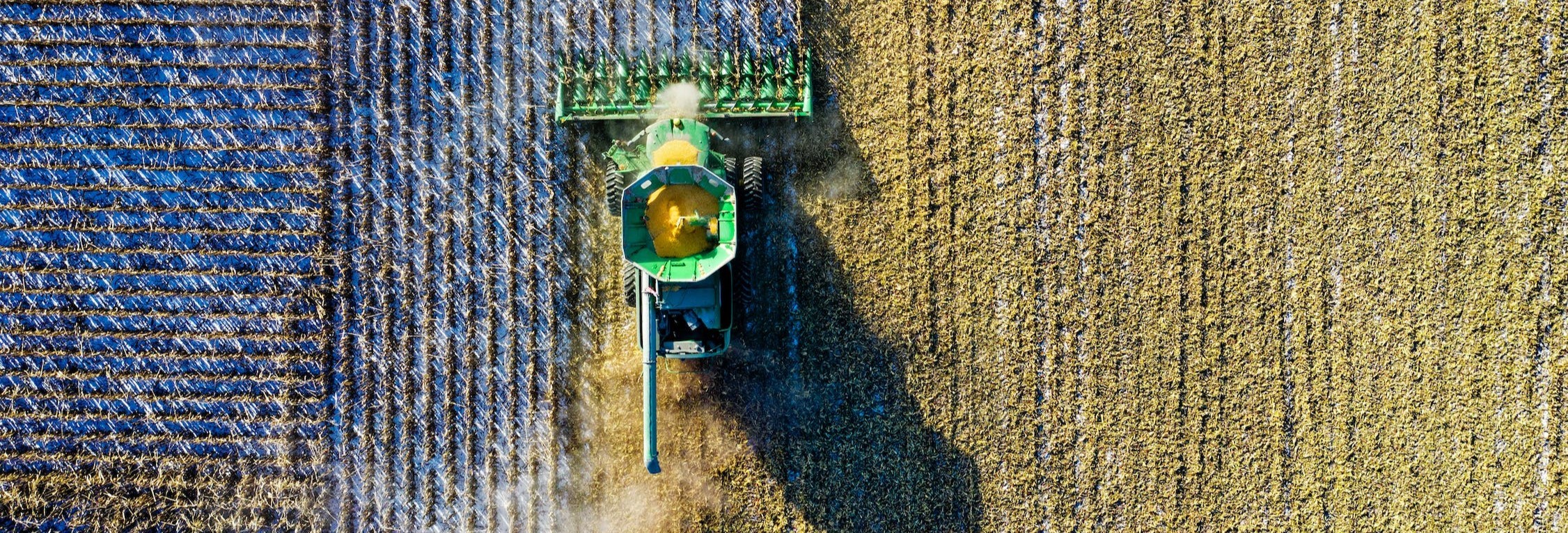Loading...
Start Date
2-3-2023 3:00 PM
Abstract
With the increase in population, the world will depend on renewable sources to meet the increasing energy needs. The use of lignocellulosic biomass as a renewable source has been proven efficient for conversion to cellulosic ethanol and capable of contributing to thresholds for energy demand while reducing greenhouse gases by 90% when compared with fossil fuels. However, feeding and flow of biomass within biorefineries represent a constant challenge and needs to be addressed.
The purpose of this research is to understand the yield stress and flow behavior of enzyme liquefied slurries from Corn Cobs and Corn Stover Pellets and explore the effects of the differences in composition and physical characteristics of the material on the enzymatic liquefaction and rhealogy.
Yield Stress and Flow Behavior of Enzyme Liquiefied Slurries from Corn Cobs and Corn Stover Pellets
ABE Purdue
With the increase in population, the world will depend on renewable sources to meet the increasing energy needs. The use of lignocellulosic biomass as a renewable source has been proven efficient for conversion to cellulosic ethanol and capable of contributing to thresholds for energy demand while reducing greenhouse gases by 90% when compared with fossil fuels. However, feeding and flow of biomass within biorefineries represent a constant challenge and needs to be addressed.
The purpose of this research is to understand the yield stress and flow behavior of enzyme liquefied slurries from Corn Cobs and Corn Stover Pellets and explore the effects of the differences in composition and physical characteristics of the material on the enzymatic liquefaction and rhealogy.


